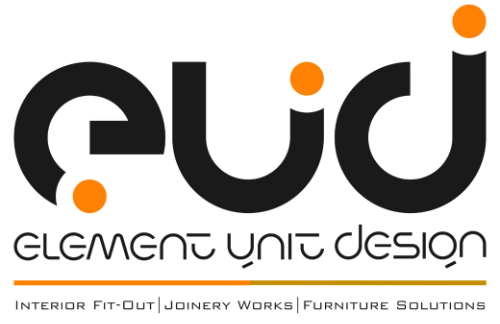The Symbol of Life: From Ancient Egypt to Modern Design
1. Introduction: The Symbol of Life Across Cultures and Epochs
Symbols have long served as carriers of core human values—embodying concepts like vitality, protection, and cosmic order. They transcend language barriers, becoming a universal language that connects diverse cultures and eras. From the sacred hieroglyphs of ancient Egypt to contemporary logos, symbols of life adapt and persist, reflecting enduring human aspirations.
Contents
- The Concept of Life and Vitality in Ancient Civilizations
- The Ancient Egyptian Perspective: Symbols of Life and Order
- The Evolution of Life Symbols from Ancient Egypt to Other Cultures
- The Transition from Ancient Symbols to Modern Design
- The Role of Symbols in Contemporary Society
- Deep Dive: The Symbolic Significance of Colors and Materials
- Case Study: The Eye of Horus in Modern Design and Branding
- The Deep Roots of Symbols: Connecting Past and Present
- Conclusion: The Continuing Journey of the Symbol of Life
2. The Concept of Life and Vitality in Ancient Civilizations
Ancient cultures around the world developed rich symbolic systems to represent life and vitality. These symbols often reflected their understanding of the cosmos, spirituality, and human existence. For example, in Mesopotamian art, the tree of life symbolized eternal growth and divine blessing, while in Chinese philosophy, the dragon embodied power, vitality, and protection.
Religious and spiritual beliefs heavily influenced these symbols. They were often integrated into rituals, artifacts, and architecture to invoke divine favor or to ensure cosmic harmony. The choice of materials—precious stones, metals, or vibrant pigments—further reinforced the sacred significance of these symbols, making them enduring representations of life’s fundamental qualities.
3. The Ancient Egyptian Perspective: Symbols of Life and Order
a. Ma’at: The Embodiment of Truth, Justice, and Cosmic Order
Central to Egyptian symbolism was Ma’at, representing the divine order, truth, and harmony. The concept was personified as a goddess whose feather of truth was used to weigh souls in the afterlife. Ma’at’s principles underscored the importance of balance and justice, fundamental to Egyptian cosmology and societal stability.
b. The Use of Color: The Prohibition of Red on Sacred Objects and Its Meaning
Egyptians associated red with chaos and disorder, often linked to destructive forces. Consequently, red was avoided on sacred objects meant to symbolize order and life. Instead, colors like blue and green were favored for their associations with the Nile, fertility, and rebirth. The careful selection of colors in artifacts conveyed layered symbolic meanings.
c. Artistic Techniques: Creation of Egyptian Blue Pigment Through Heating Sand with Copper
Egyptian artisans developed a distinctive blue pigment known as Egyptian blue by heating a mixture of sand, limestone, and copper compounds. This vibrant color, symbolizing the sky and water, was used extensively in tomb paintings and statues, reinforcing themes of life, rebirth, and divine connection.
d. The Eye of Horus: Its Origins, Symbolism, and Connection to Life and Protection
The Eye of Horus, originating from mythological tales, became a powerful amulet symbolizing protection, health, and restoration. Its design reflects a stylized human eye with distinctive markings, embodying divine insight and vigilance. In ancient Egypt, it was believed that wearing or displaying this symbol could safeguard against evil and promote healing, illustrating how symbols of life often intertwined with protective magic.
4. The Evolution of Life Symbols from Ancient Egypt to Other Cultures
Cross-cultural studies reveal that many civilizations independently developed symbols representing life and protection. For instance, in Mesopotamia, the Tree of Life persisted as a divine symbol; in Greece, the ouroboros signified eternity; and in Asia, the lotus symbolized spiritual awakening and rebirth.
Despite differences in form, these symbols share common themes: balance, divine protection, and the continuity of life. They often influenced each other through trade and conquest, spreading ideas of universal human values and spiritual connectivity across continents and eras.
5. The Transition from Ancient Symbols to Modern Design
Today, ancient symbols are reinterpreted in contemporary art and fashion, serving as powerful visual motifs. The Eye of Horus exemplifies this transition—from an amulet believed to grant protection to a modern icon used in jewelry, branding, and digital art. Its stylized form resonates with universal themes of safety and vitality, making it relevant across different contexts.
Modern branding employs similar principles: shapes and colors evoke emotions—vitality, protection, trust. For example, many health and wellness brands incorporate eye-like symbols or the use of vibrant hues to subconsciously communicate life and safety.
6. The Role of Symbols in Contemporary Society: From Spiritual to Secular
In our globalized era, symbols serve as a universal language, transcending cultural and religious boundaries. They influence perceptions of health, vitality, and protection. Psychological research indicates that symbols like the Eye of Horus and other culturally significant icons can evoke feelings of safety and well-being, even when their origins are distant or secularized.
However, ethical considerations are crucial. The appropriation of cultural symbols without understanding their historical significance can lead to cultural insensitivity. Respectful adaptation requires acknowledging origins and meanings, ensuring that symbols continue to honor their roots while serving new purposes.
7. Deep Dive: The Symbolic Significance of Colors and Materials
| Color | Symbolic Meaning | Modern Interpretation |
|---|---|---|
| Red | Chaos, danger, vitality (Ancient Egypt taboo on sacred objects) | Energy, passion, alertness in branding and fashion |
| Blue | Sky, water, life, rebirth | Trust, calmness, protection |
| Green | Fertility, growth, renewal | Health, sustainability |
Materials such as Egyptian blue pigment carried layered meanings, signifying divine connection and cultural identity. In modern design, material choices—like metallic finishes or specific textiles—continue to influence perception, emphasizing authenticity and symbolic depth.
8. Case Study: The Eye of Horus in Modern Design and Branding
The Eye of Horus remains a potent symbol in various contemporary contexts. It appears in jewelry collections that emphasize protection and vitality, often crafted with precious metals and stones. Many brands incorporate its stylized form into logos to evoke trust and safety—attributes critical in sectors like health, finance, and technology.
For example, some companies have used the eye shape to create memorable visual identities, blending ancient symbolism with modern aesthetics. Its enduring appeal stems from the universal human desire for protection and well-being, making it a timeless icon.
Discover more about the significance of these symbols and their applications in contemporary branding by exploring this the pyramid scatter symbols—an example of how ancient motifs continue to inspire modern interpretations.
9. The Deep Roots of Symbols: Connecting Past and Present
Humans have an innate need for symbols that embody stability, continuity, and hope. Ancient concepts—such as the Egyptian emphasis on divine order—remain relevant today, informing aesthetic choices and cultural values. These symbols serve as bridges between eras, reminding us of shared human experiences across millennia.
While modern design often reinterprets these symbols creatively, respecting their origins ensures the preservation of their deep cultural meanings. Balancing innovation with cultural sensitivity enhances the authenticity and impact of contemporary visual language.
10. Conclusion: The Continuing Journey of the Symbol of Life
From the sacred hieroglyphs of ancient Egypt to the sleek logos of today’s brands, symbols of life and protection continue to evolve. Their universal themes—balance, vitality, divine order—resonate across cultures and time, reflecting shared human aspirations.
Incorporating these symbols thoughtfully into modern design not only honors their rich histories but also enhances their psychological and cultural impact. As we move forward, respecting the deep roots of such symbols ensures they retain their power and relevance, fostering a more connected and meaningful visual language.






